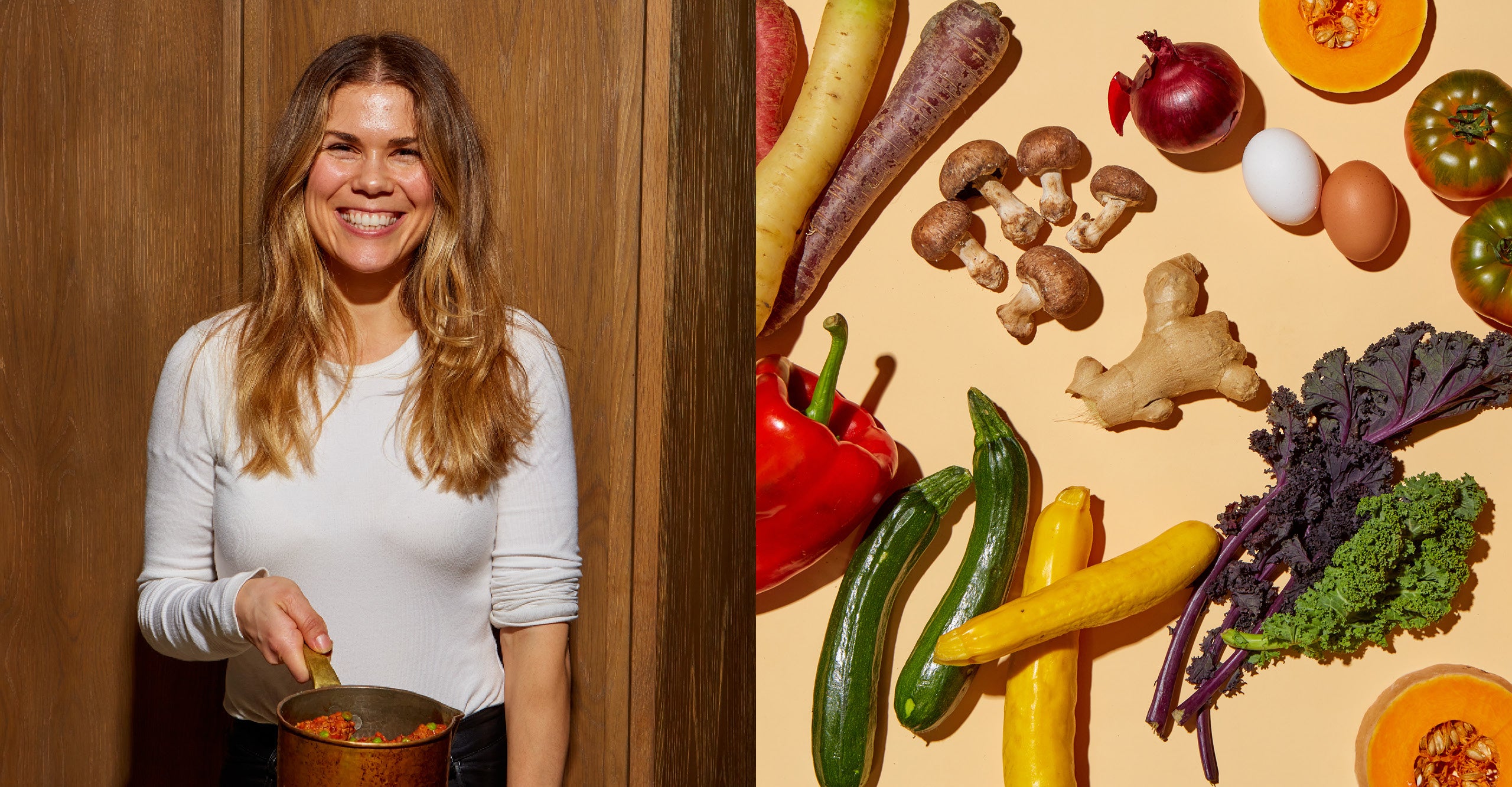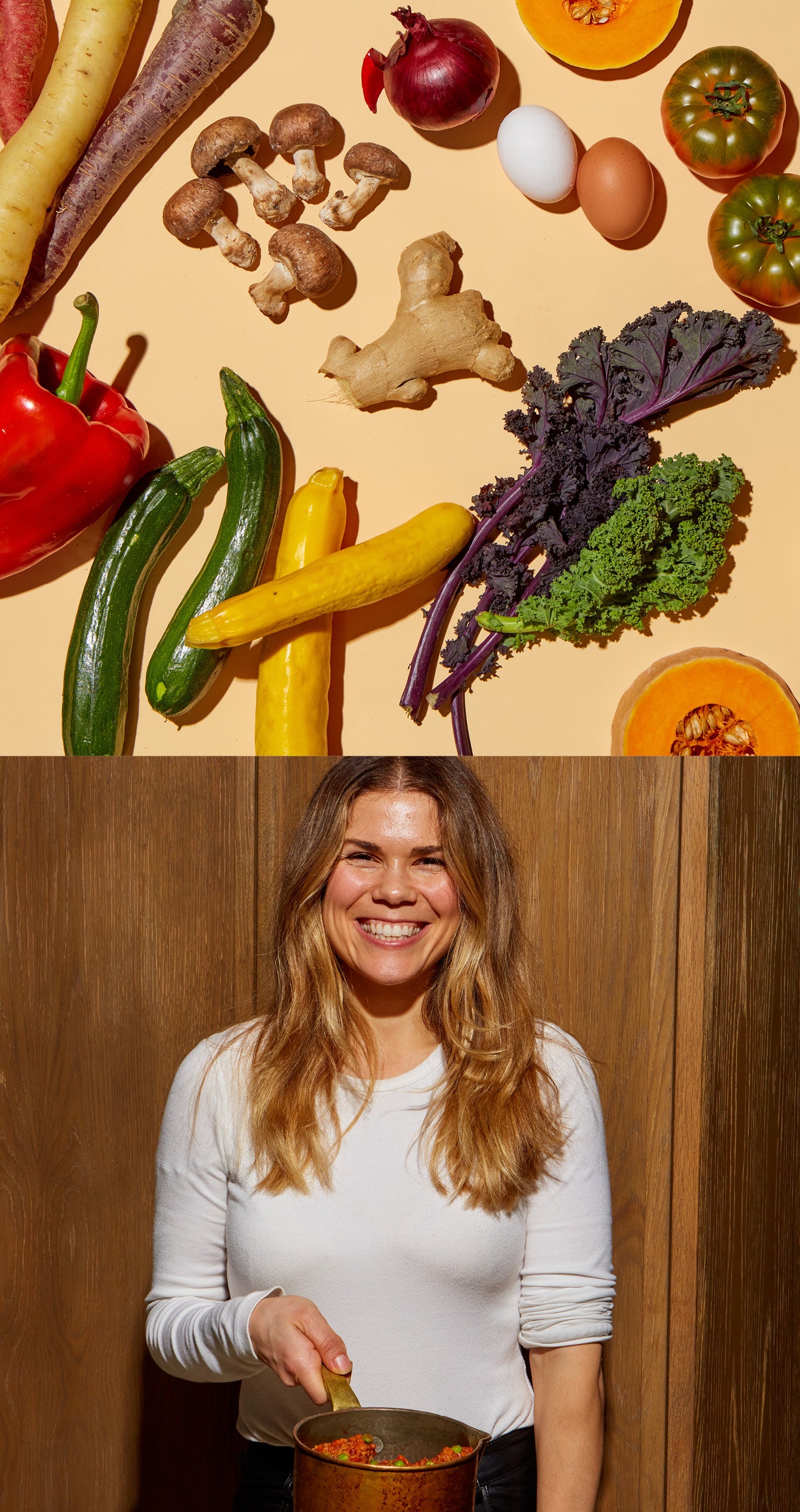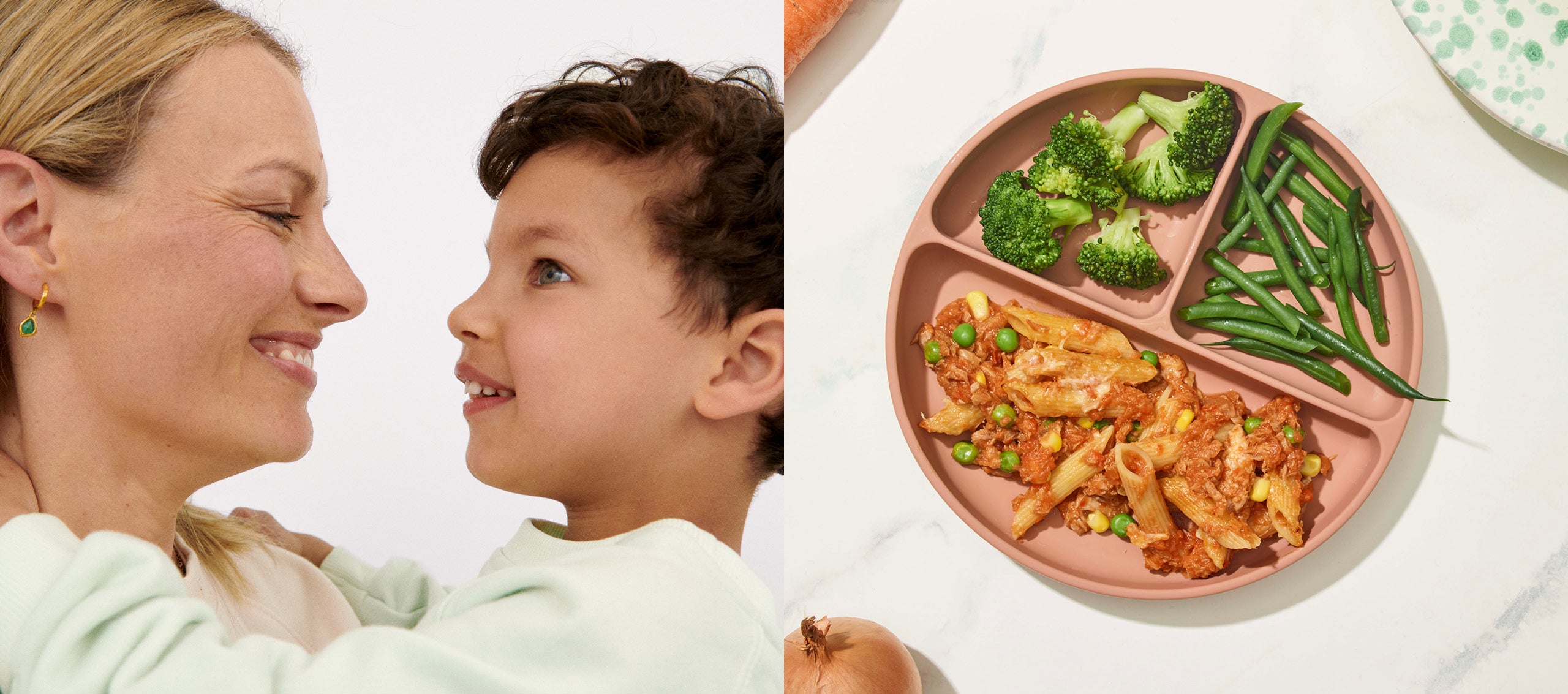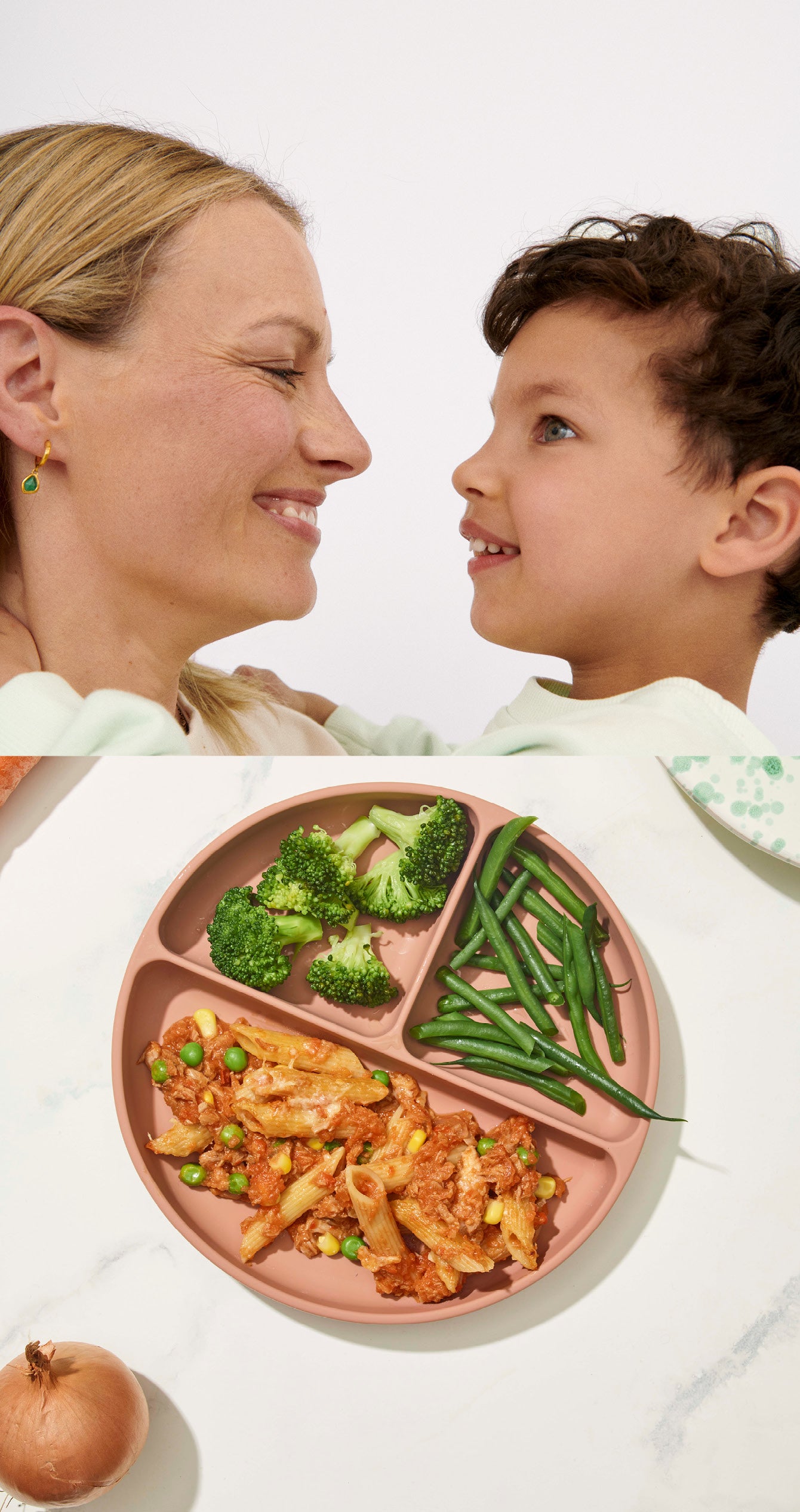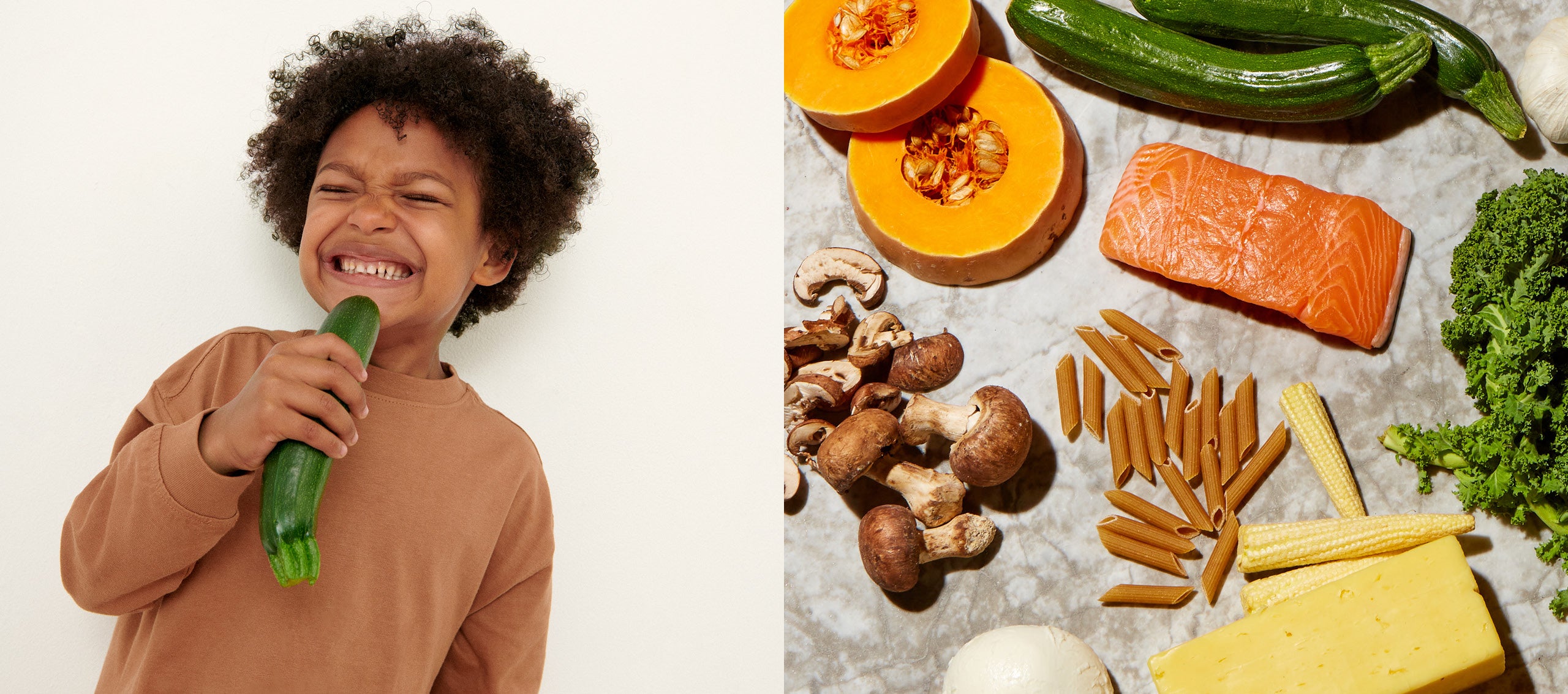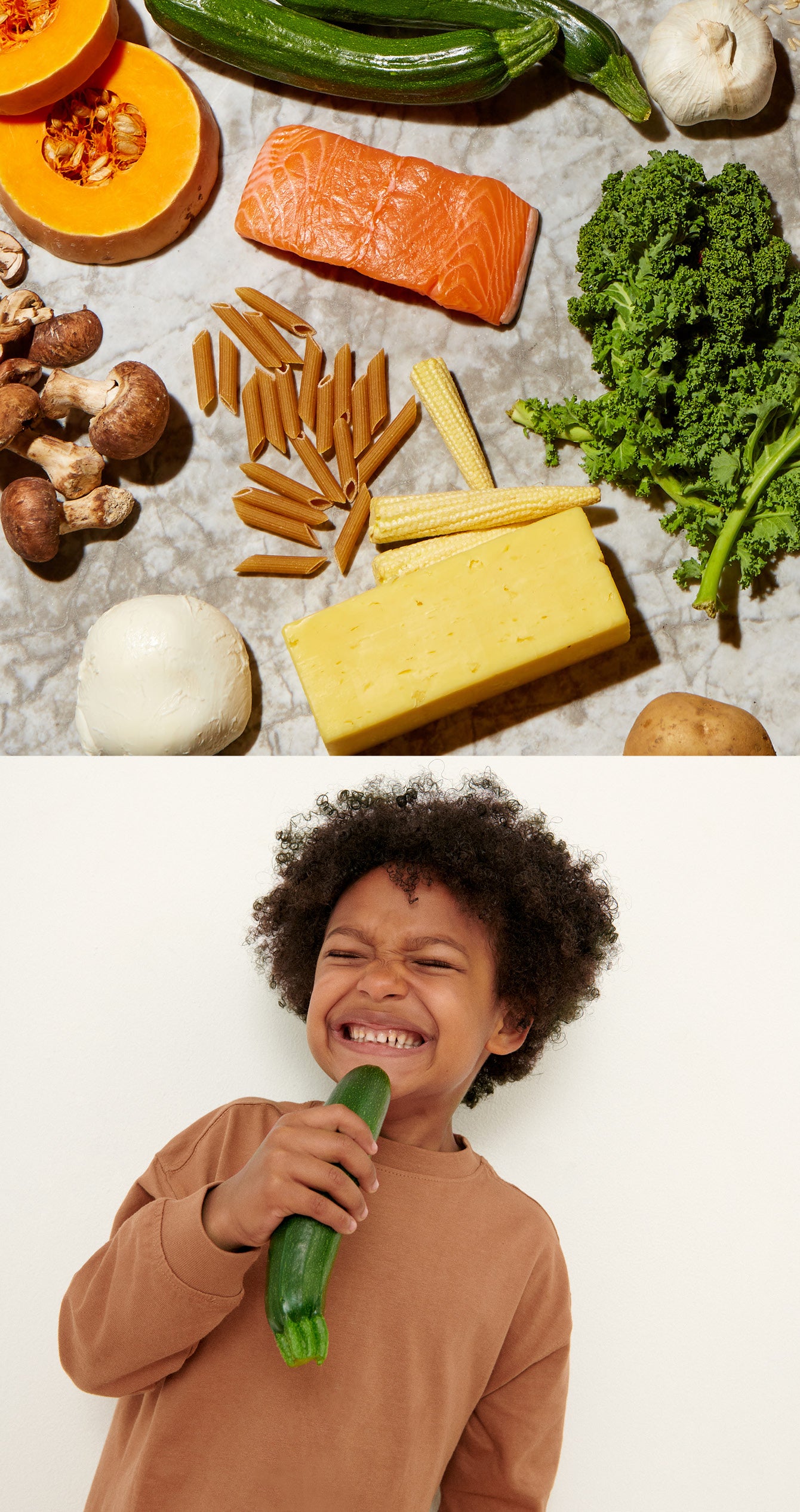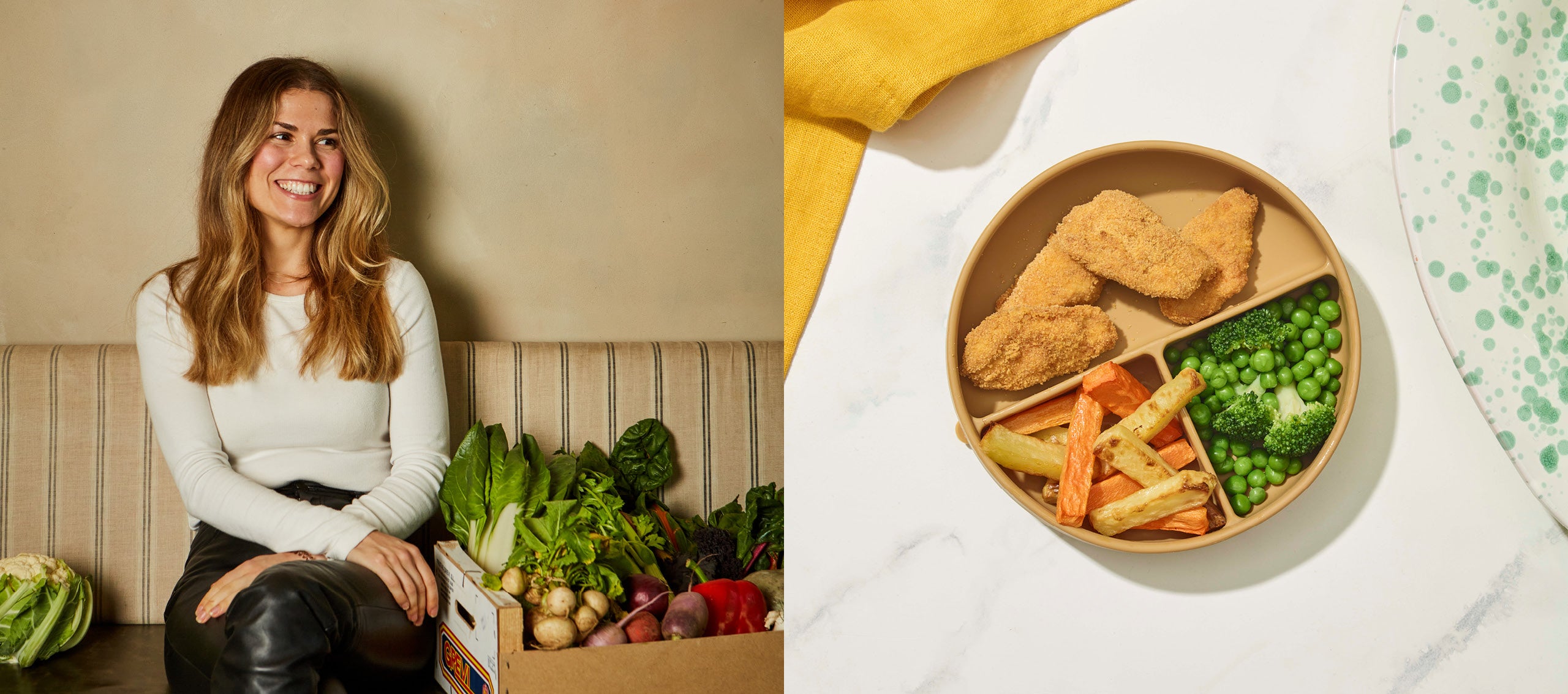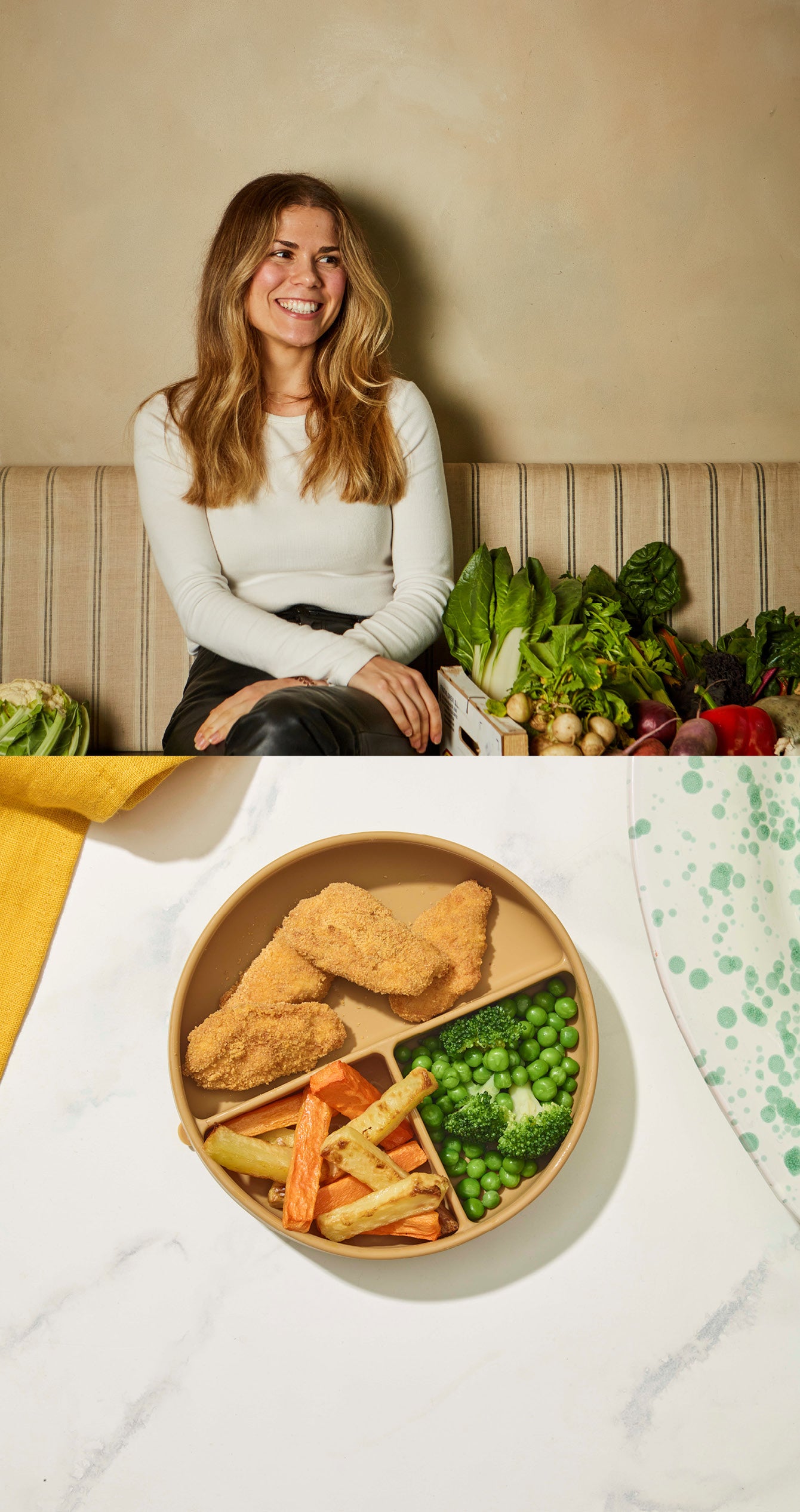Food, A Conversation
At Rumble Tums we have 14 different kids meals with a number of different tastes and flavours to encourage varied eating. We serve our meals in two age appropriate portions so kids aren’t faced with giant portions way beyond their age group or appetite. We also include stickers and letters to get them away from their screens and to create an engaging, positive atmosphere around their meals.
Are you ready to Rumble Tums? #letsgrow

